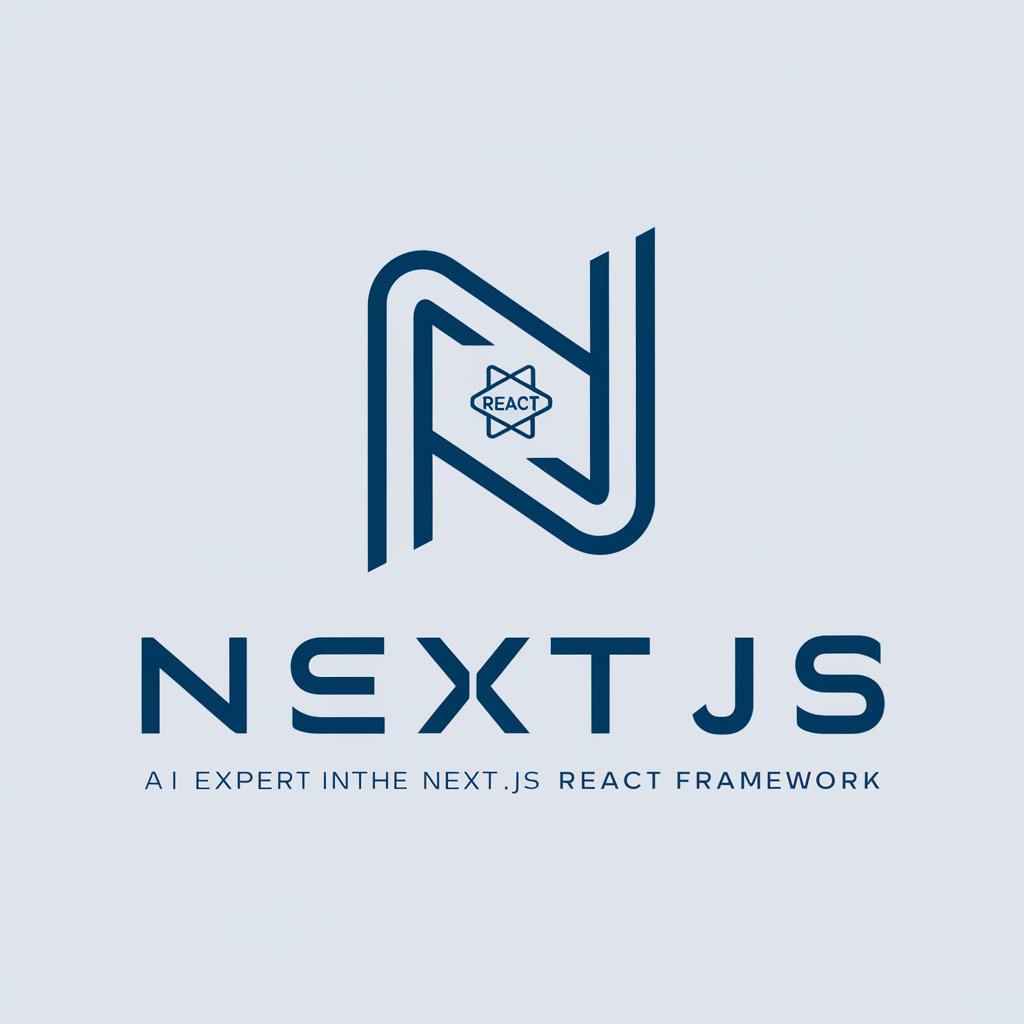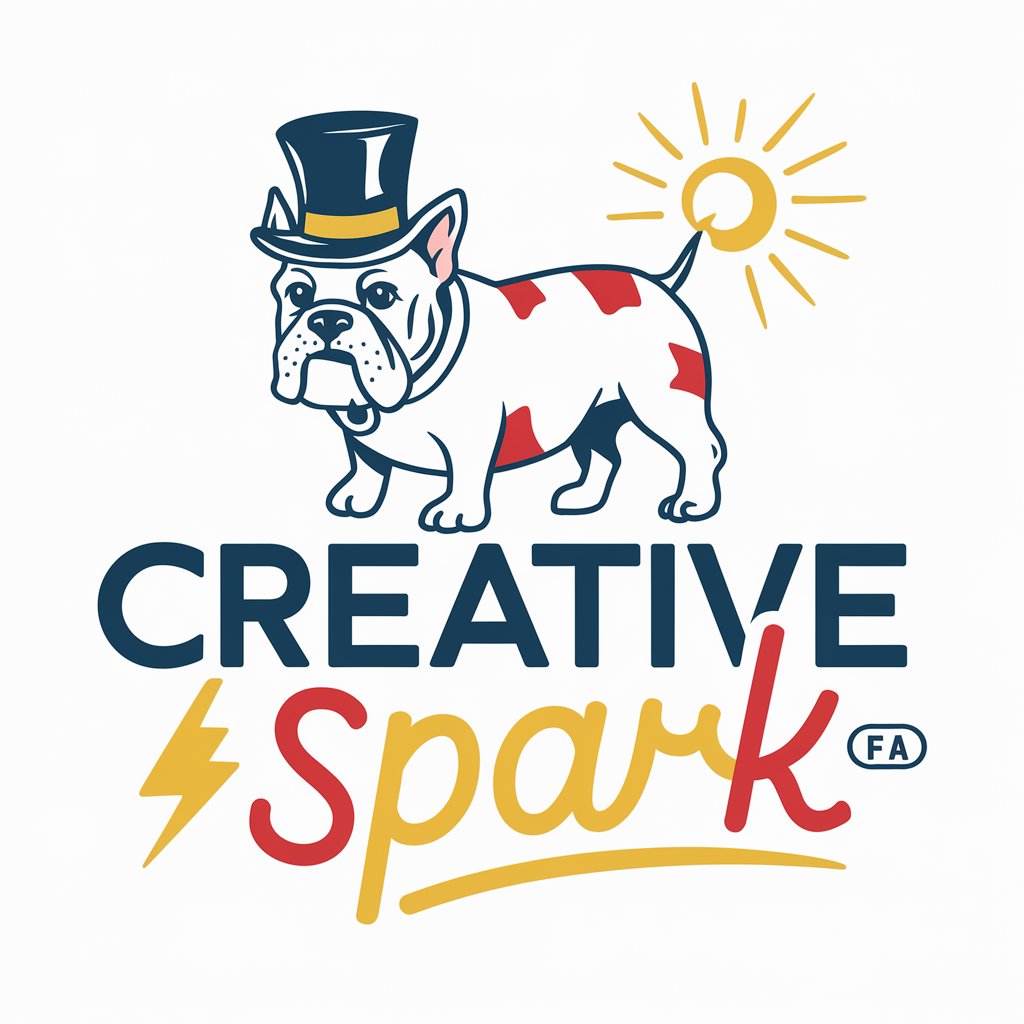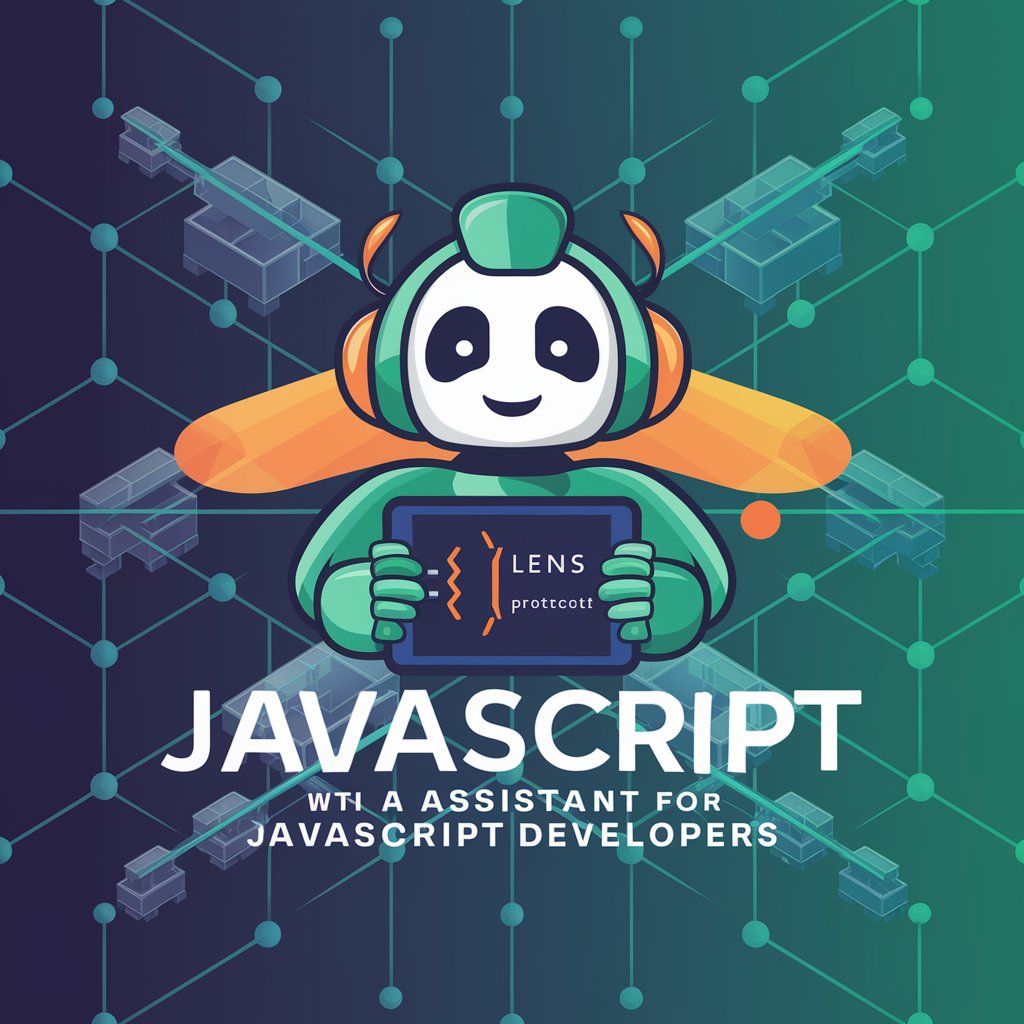Next JS - Full-Stack Framework

Hi there! I'm here to help with all your Next.js needs.
Elevate web development with AI
Explain how to set up a new Next.js project with TypeScript.
Describe the steps to implement server-side rendering in Next.js.
How can I optimize my Next.js application for better performance?
What are the best practices for managing state in a Next.js application?
Get Embed Code
Introduction to Next.js
Next.js is a React-based framework designed to make building scalable and efficient web applications easier and faster. It integrates best practices like server-side rendering and static site generation to optimize performance and SEO. A key feature is its file-based routing system, which simplifies page creation and navigation. For example, by placing a file in the 'pages' directory, Next.js automatically creates a route matching the file name. This framework is also known for its out-of-the-box features such as automatic code splitting, built-in CSS and Sass support, and API routes that allow you to build APIs directly within your Next.js project. Powered by ChatGPT-4o。

Main Functions of Next.js
Server-side Rendering (SSR)
Example
E-commerce sites use SSR for product pages to ensure content is immediately available to users and search engines, enhancing SEO and performance.
Scenario
An online store implements SSR for its individual product pages to load full page content instantly, improving the user experience and search engine ranking.
Static Site Generation (SSG)
Example
Blogs use SSG for their articles to improve load times and SEO, as the content is pre-rendered and served as static HTML.
Scenario
A blog platform uses SSG to serve blog posts as static pages, reducing load times and providing a faster browsing experience for readers.
API Routes
Example
A web application uses API routes to handle user authentication, database operations, and third-party API integrations directly within the Next.js framework.
Scenario
A project management tool uses Next.js API routes to authenticate users, manage tasks, and integrate with external services like Google Calendar.
Image Optimization
Example
Websites with heavy image content use Next.js's built-in Image component to automatically resize, optimize, and serve images in modern formats.
Scenario
An online art gallery uses the Image component to efficiently load high-quality artwork images while maintaining fast page speeds.
Ideal Users of Next.js
Web Developers and Agencies
Professionals and companies building web applications for clients. Next.js provides an efficient, scalable solution for developing high-performance websites and applications, making it a preferred choice for developers looking to streamline their workflow and deliver optimized products.
E-commerce Platforms
Online retailers benefit from Next.js through its SSR and SSG capabilities, which help in achieving faster page loads, improved SEO, and better conversion rates. This makes it ideal for e-commerce sites requiring dynamic content and high user engagement.
Content Creators and Marketers
Individuals and teams producing blogs, portfolios, and marketing sites. They benefit from Next.js's SSG features for fast, SEO-friendly, and easily maintainable sites, enhancing content visibility and user engagement.
Enterprise Businesses
Large organizations requiring scalable and secure web solutions. Next.js supports advanced features like Incremental Static Regeneration and fine-grained data fetching strategies, catering to complex business needs and traffic scales.

Getting Started with Next.js
1
Explore Next.js capabilities without any obligations by visiting a specific platform offering a hands-on experience with no login or subscription required.
2
Ensure Node.js is installed on your system, as it is necessary for running Next.js applications. The recommended version is the latest LTS release.
3
Create a new Next.js project by running 'npx create-next-app@latest your-project-name' in your terminal. This command scaffolds a new project with all necessary configurations.
4
Navigate into your project directory and start the development server using 'npm run dev'. This command compiles your application and makes it available on a local server, usually http://localhost:3000.
5
Experiment with Next.js features such as static site generation (SSG), server-side rendering (SSR), and API routes. Explore the documentation and tutorials to understand how to implement these features for your specific use case.
Try other advanced and practical GPTs
folio
Empowering Your Investments with AI

Parenting Life
Empowering parents with AI-driven insights

Bilingual Buddy
Blend, Learn, and Converse with AI

GptOracle | The Expert on Data Insight
Unlocking Insights with AI Power

Crypto Project Analyst
Unlocking Crypto Project Insights with AI

Sketch to Logo
AI-powered sketch to logo transformation

Creative Spark
Igniting Ideas with AI Wit

Controlman
Master control theory with AI

プロンプト校正-better prompts-
Refine prompts, enhance AI responses
Lens Smart Posts and Open Actions FAQ
Empowering developers to build on blockchain

Interrogator
Challenge Your Assumptions with AI

Translate - nothing else!
AI-powered instant translations

Next.js Frequently Asked Questions
What distinguishes Next.js from other React frameworks?
Next.js offers a comprehensive solution for building server-rendered React applications. It supports features like automatic code splitting, static site generation (SSG), server-side rendering (SSR), and built-in CSS and Sass support, which are not all available together in other frameworks.
How does Next.js handle static site generation?
Next.js uses the 'getStaticProps' and 'getStaticPaths' functions to pre-render pages at build time. This approach results in fast page loads and improved SEO, as the HTML is generated in advance.
Can I use Next.js for developing single-page applications (SPAs)?
Yes, Next.js is highly versatile and can be used to develop SPAs. Using Client-Side Rendering (CSR) techniques and dynamic routing, developers can build SPAs that benefit from Next.js's performance optimizations and developer experience.
How does Next.js improve SEO?
Next.js improves SEO through its server-side rendering and static site generation features. These methods ensure that content is pre-rendered into HTML, making it easily indexable by search engines, unlike traditional SPA content that is rendered client-side.
What is API routes in Next.js and how do they work?
API routes allow you to build API endpoints as part of your Next.js application. They are server-side routes where you can handle business logic, interact with databases, or integrate with external APIs, facilitating the creation of full-stack applications.
